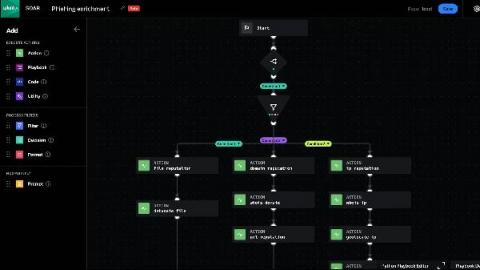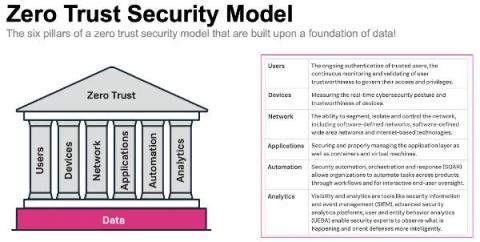Solving User Monitoring Use Cases With Splunk Enterprise Security
I’ve been working with Splunk customers around the world for years to help them answer security questions with their data. And, like you probably know, sometimes it’s hard to know where to start for specific security use cases. We all know Splunk’s data platform is capable of delivering incredible analytics and insights at scale, but how do we tie that power with all of the content and premium solutions for security that Splunk provides?





